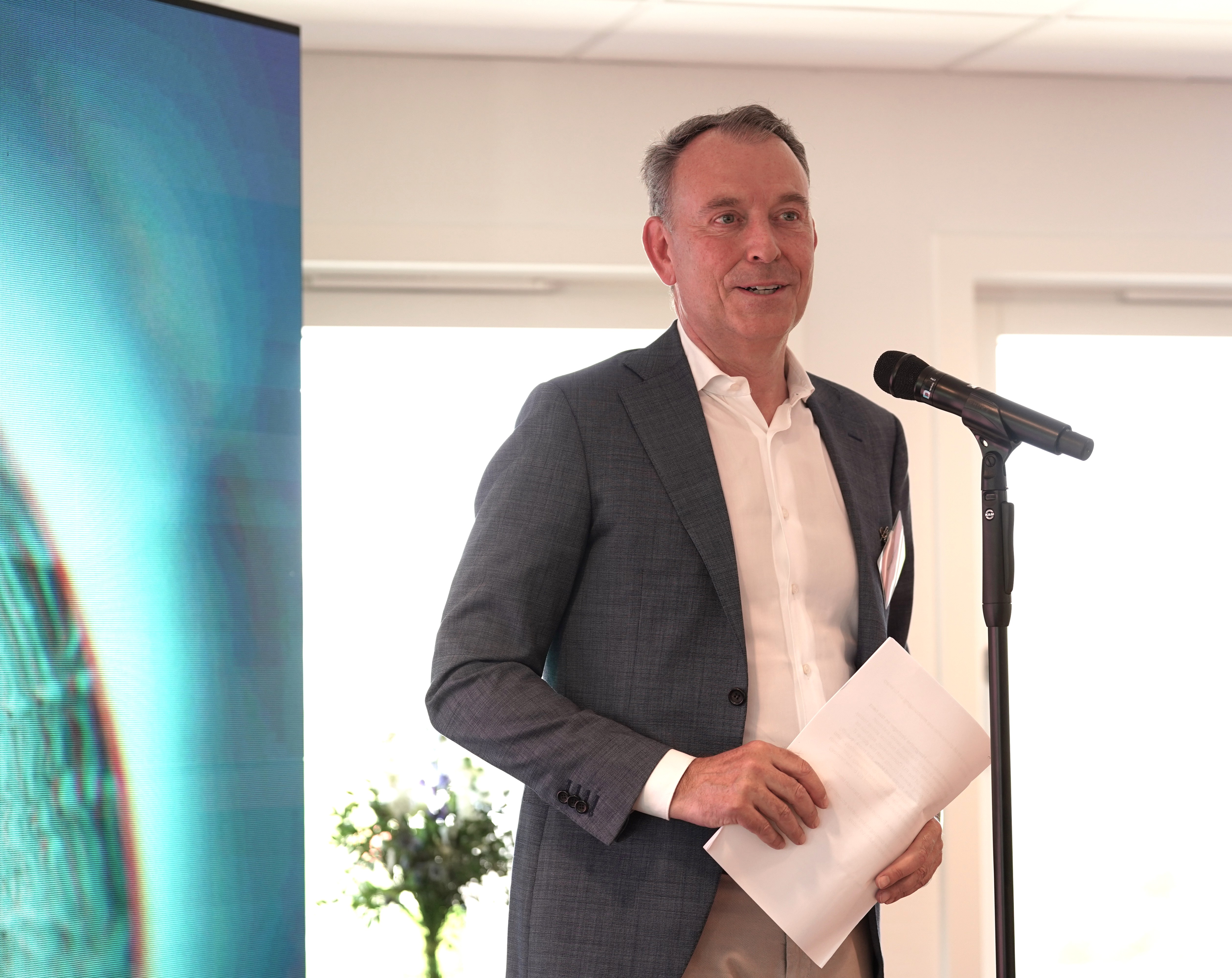iGEM Rocks the World Once Again
This year, 273 teams coming from 6 continents attended the iGEM Giant Jamboree. The energy was electrifying as students buzzed around, setting up their posters, stressing about their presentations, and forging friendships across nationalities that will last a lifetime!iGEM, for international Genetically Engineered Machine, is the premier global synthetic biology competition. Started in 2004, iGEM brings together teams of 2-20 students from across the world who spend the entire summer building a synthetic biology project that will save the world. These teams construct and assemble specific gene sequences called biobricks that code for particular traits into genetic circuits that cause the cell to perform some novel function. A classic example is to create an arsenic biosensor by assembling the gene that detects arsenic with the gene that fluoresces and uploading that into the cell, so whenever the cell detects arsenic it will light up. Biosensors are just one example, however; these teams build projects that span the gamut of industries and applications, including within health, energy, architecture, and much more. All the iGEM tracks are listed here.For 3 days straight, these teams are presenting their projects to a panel of 6 judges who will score them based on their presentation, their posters, and their wikis (the online repository of the team’s entire project). Every year, these projects become more robust, more creative, and more impressive. Furthermore, you start to see themes starting to emerge within the projects; in 2013, CRISPR was all the rage! This year, however, I began to see a couple teams focusing on audiogenetics, or the ability to induce signal transduction using sound. Two teams, Slovenia and SUSTech Shenzhen, engineered proteins that detected pressure into the cell so that the cells could respond to ultrasound. Imagine delivering a payload of these cells into your bloodstream and being able to activate them in very specific regions of your body just by focusing an ultrasound on that particular region. This could become a powerful tool in targeted drug delivery.The three winners for this year’s competition were HSi Taiwan for the High School track, Imperial College for the Undergraduate track, and LMU-TUM Munich for the Overgraduate track.HSi Taiwan developed a test to determine the presence of toxins in traditional Chinese medicines. They recognized that because Chinese medicine fell somewhere between herbal supplements and actual medicine, it was a grey area for regulation and therefore the source and quality is not properly scrutinized. Not only did these high school students create sensors that could detect lead, copper, arsenic, and aflatoxin, but they also designed and built a physical device for the consumer to actually test their medicines, shown in the picture below.

The bio-kit product design.Imperial College London worked on developing a communication system between cells, called quorum sensing, “to maintain stable coexistence of different cell types and allow the ratio of different populations to be stably maintained.” No biological process lives in isolation. Not only are cells able to sense their own growth and culture conditions, but they are inextricably intertwined with different species that make up their ecosystem. Take our microbiome, for example: a healthy microbiome contains a range of microbial species, however, those different species must maintain a proper ratio to be balanced. The ability to grow different populations of cells together will give us an insight in understanding how natural cellular systems work together, as well as allow us to build more complex systems and circuits.

A diagram of their full circuit, with all three modules.Lastly, LMU-TUM Munich began to tackle the problem of an increasing organ shortage by building a 3D bioprinter with the goal of one day printing out organs de novo. The team repurposed an Ultimaker2 3D printer by building a new extrusion nozzle for it that can deliver a precise flow of liquid containing both the matrix and the cells. However, what made this team shine is not the printer that they built, but the approach they took to solve the scaffolding problem.Currently, bioprinters rely on scaffolds to form the base on which cells are seeded. This presents many difficulties, including the need to assemble multiple 2D scaffolds to create a 3D object like an organ, then the subsequent dissolution of the scaffold to leave only the cells. This process makes 3D bioprinting cumbersome and expensive. Munich’s solution to this problem is to allow the cells to bind to each other immediately upon printing so that the cells themselves are structurally sound and are without need for a scaffold. As a judge, I believe what made these projects extraordinary, and what earned them the title of iGEM World Champions, was not only their ambition, nor their progress on accomplishing that ambition (although that certainly counts for a lot). It was the thoroughness in which they completed the project; these teams included everything from hard-core mathematical modeling to an analysis of the impact of their project on the world. It was their clarity in presenting their complex projects. It was their competence when answering tough questions that judges threw at them.This is my 5th year of participating in iGEM- 2 as a member, 1 as an advisor, and 2 as a judge- and I am proud to see this organization continue to excel at developing both the talent and the foundational repository of data necessary for the synthetic biology revolution.

The syringe pump is the main part of their printer extension. Its purpose is to deliver a precise and constant volume flow of liquid according to the printer's information.




.svg)








-min.png)


.gif)